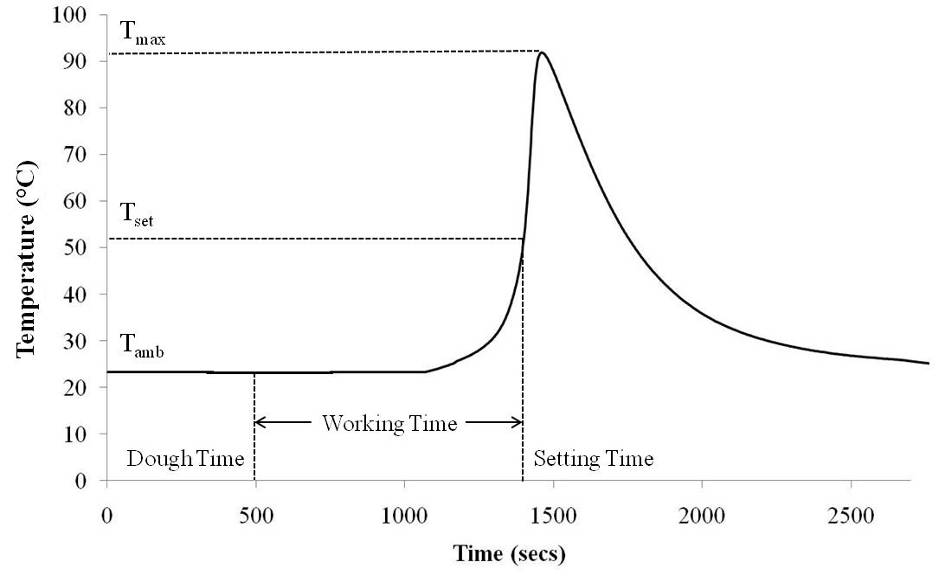A bone injury can be due to:
- A fracture or break in the bone,
- overuse or repetitive movement
More than half of catastrophic injuries in sports are cervical spine injuries or C-spine injuries.
Infact, playing sports is reportedly the second most leading cause of spinal cord injuries for Americans aged 30 and younger.
Injury usually is caused due to high-velocity collisions between players, causing acceleration or deceleration of the head on the neck. That means, contact sports like football, hockey, rugby, and wrestling, and even non-contact sports, such as skiing, track and field, diving, surfing, power lifting, and equestrian events cause serious C-spine injuries.
Bone cementing is employed as a non-surgical treatment option for spinal injuries and femoral fractures.
Fractures of the vertebral column, known as vertebral compression fractures (VCF) are treated by techniques namely- vertebroplasty and kyphoplasty. These are minimally invasive procedures used to treat painful, wedge-shaped fractures and require very little healing time.
So how is a typical vertebroplasty performed?
- It begins by inserting a needle into the damaged vertebrae. X-rays help ensure that it's done with accuracy.
- The doctor then slowly injects a bone cement mixture into the fractured vertebrae. The pressure of injection is kept in control and the amount of cement injected is closely monitored to avoid leakage into unwanted areas. The deepest area is filled first, followed by slightly withdrawing the needle to fill top areas. It must be noted that while complete filling of the vertebral body is ideal, it is not always possible or necessary for pain relief.
- The acrylic bone cement hardens within few minutes, stabilizing the spinal bone fragments and therefore stabilizing the spine immediately.
A typical curing curve for acrylic bone cement where Tmax is the maximum temperature reached, Tset is the setting temperature and Tamb is the ambient temperature.
Source: Intech
Apart from fractures and injuries, bone pain can be caused due to several other factors such as:
- Hormone deficiency, usually due to menopause
- Infection
- Cancer- bone cancer, or metastatic malignancy, cancer of the blood cells, or leukemia
- Interruption in the blood supply caused by conditions like sickle cell anemia
Although the surgery promises to relieve pain in 75-90% of patients, no pain is as deep and penetrating as a bone pain.
The good news is, however, that technology has already invaded this area of medicine which not only puts the patients at a better stage of receiving the treatment by making their suffering bearable, but also educates them about their condition ensuring they are aware of the what and how of the treatment they are receiving. Wait for our next release on Virtual Reality...
For more exciting reads visit our blog page.








